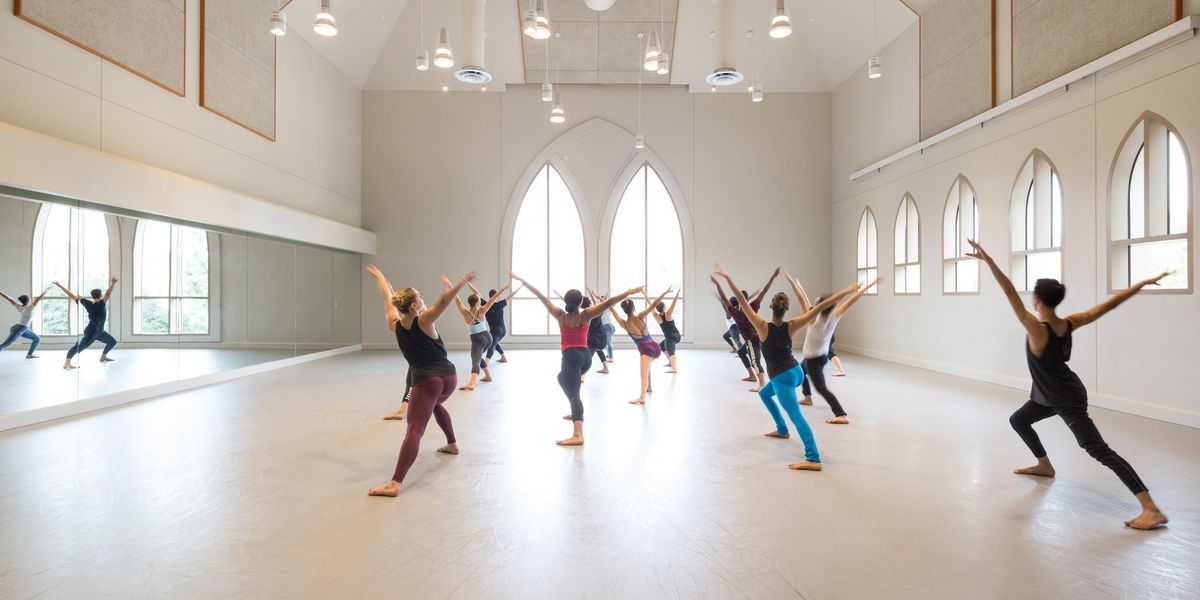And the Award Goes To…
Choreographer Camille A. Brown’s socially conscious work has resulted in major recognition
Fana Fraser and Beatrice Capote in Brown’s BLACK GIRL: Linguistic Play. Photo by Christopher Duggan, Courtesy Camille A. Brown.
Camille A. Brown has always been an artist whose work is based on truth telling—about African-American culture, about racism past and present and how those issues intersect with being a woman. Now, Brown’s Black Girl Spectrum initiative, in which she spearheads workshops talking about these issues, and her newest major work, BLACK GIRL: Linguistic Play, have earned Brown critical acclaim and a slew of accolades.
In the spring, Brown was the recipient of three major awards—the Jacob’s Pillow Award, a Guggenheim Fellowship and a Princess Grace Statue Award.
For Brown, these most recent honors, in addition to another set of prestigious awards in 2015, including a Doris Duke Artist Award, are much appreciated icing on the cake. But Brown says she doesn’t necessarily see these awards as validation.
“I’m just doing me. You have to just speak from your heart and do what you’re doing,” Brown says. “There are so many people out there who tell you what you can and cannot do: ‘You have to be just this. You can’t do this. Don’t do it this way.’ So I feel that this is really about people supporting and encouraging me.”
When asked why she believes she is receiving so many accolades in such a short time, Brown points to the relevance and timeliness of the issues she’s been raising in her work. “I think people are maybe hearing me now or maybe listening more,” she says. “Now that I have this acknowledgement behind me, I can say it even louder. I can say it in different arenas.”
Her upcoming projects include a TED-Ed lesson and a new dance work called
ink that will be shown as a work in progress this season. She will also be exploring the possibility of turning BLACK GIRL: Linguistic Play into a theater piece. “I feel like my work in musical theater has been where I’ve learned about being a choreographer the most,” she says. “I want to figure out what BLACK GIRL would look like outside of the concert dance world.”




